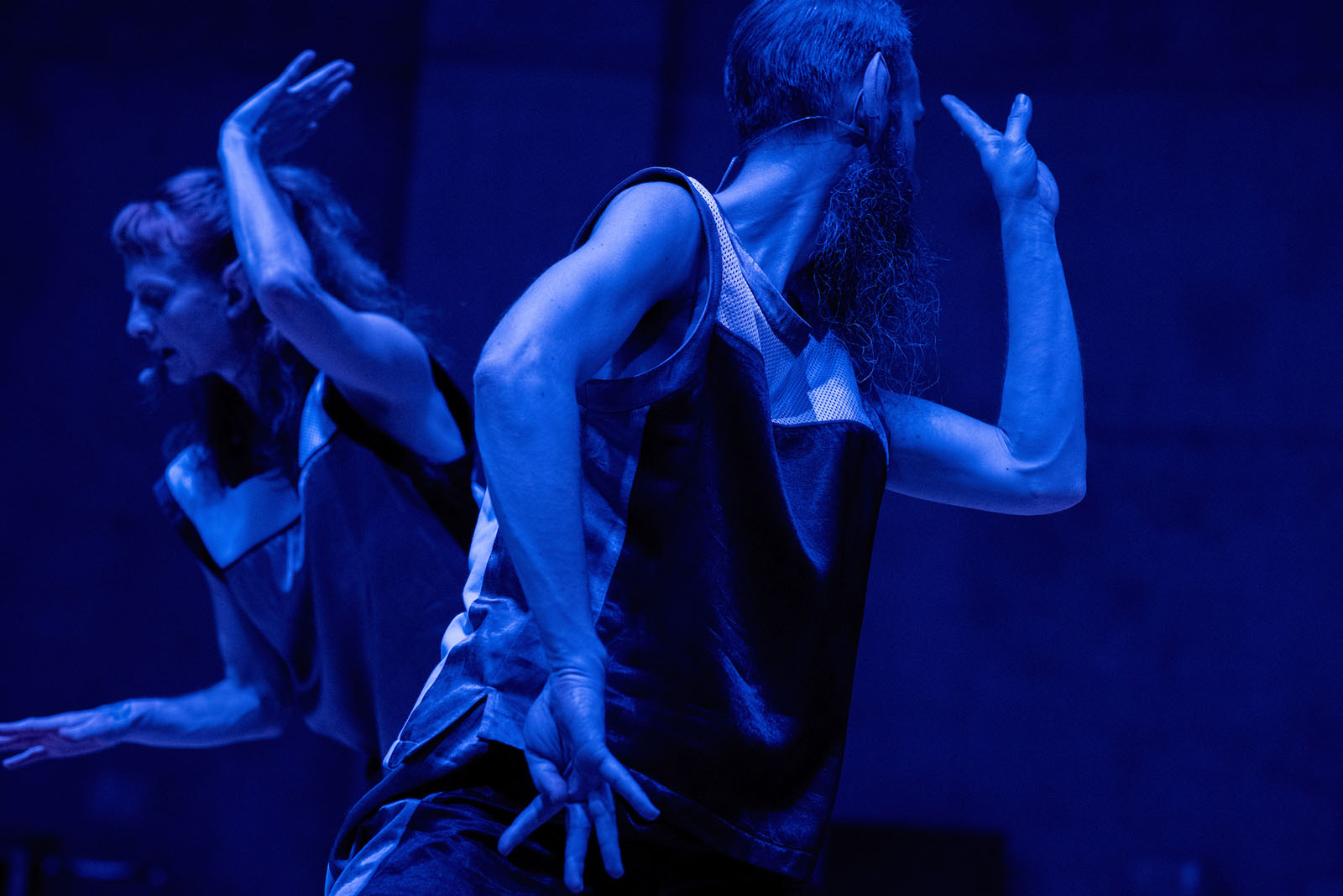Magic & Science

My approach to choreographic no-how generation situates it within a broader epistemological orientation that I call Magic & Science. The importance of this phrase within this research lies in understanding Magic & Science as naming a single category and, thereby, a single ecology of interrelated and complementary ways of knowing, rather than two fundamentally separate and incommensurable opposites.
The origins of my encounter with the phrase Magic & Science as a way of naming an epistemological orientation lie in the thinking and practice of the art historian and philosopher Aby Warburg (1866-1929) and the collections of the Warburg Institute in London. In contrast to arguably typical assumptions in contemporary Western society that the territories of ‘magic’ and ‘science’ are separate and diametrically opposed to one another, Warburg frames them together in this category’s name as knowledge practices that ‘blossom grafted to a single stem’ (Johnson 2012, p.37).
Magic & Science embodies a useful bridge for me in multiple and overlapping senses at once: it bridges between sets of disciplines or practices, while at the same time bridging between the embodied ways of knowing and embodied cognitive capacities that each of these sets of practices tend to foreground. Thus, science relates for me to the concepts and imaginaries that I encounter through the discipline of embodied cognitive science, and to ways of knowing that foreground cognitive capacities that are conscious, explicit, rational, logical, languaged, systematised, measurement-focused and (seeking to be) objective in their orientation. Bridging with this, magic relates for me to the practices and imaginaries of divination, shamanism, ritual, alchemy, (non-rational connotations of) hypnosis and conjuring. The embodied cognitive capacities that I consider this broad and inexhaustive set of magical practices to foreground are the full spectrum of less-conscious, unconscious and nonconscious cognition, including the tacit, more-than-rational, intuitive, felt-sense, non-systematised and de-systematising, the imaginative and the subjectively orientated as ways of knowing.
I understand the Warburgian category of Magic & Science as forming a bridge between subjective and objective ways of knowing, and this is the root of its relevance to my understanding of choreographic practice. In the embodied medium of choreography, I consider that subject-ness (mind, person) and object-ness (body, biological organism, environment) always already exist as a continuum, as non-separation. Given this approach, I also consider that a continuum of subjective and objective ways of knowing is always already incorporated in the embodied medium of choreography itself. Magic & Science offers a way of naming and nourishing ontologies and epistemologies that are inherent within this understanding of choreography.
READ MORE in Section 6 of my written thesis, Magic & Science: a choreographic epistemological orientation
READ MORE on my understanding of choreography in Section 1 Clarification of key terms